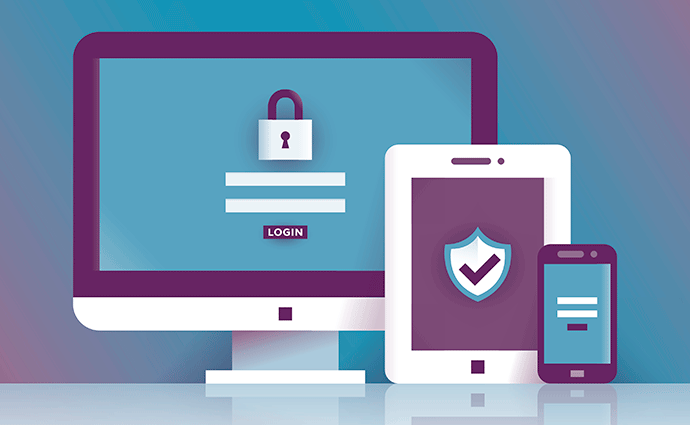Kaiser Permanente Sees Good Results With Video-Based Telehealth
Researchers with the California-based health system found high patient satisfaction rates and positive outcomes in an analysis of video-based telehealth encounters between 2015 and 2017.

Source: ThinkStock
- One of the nation’s largest health systems is seeing success with video-based telehealth, though only a small fraction of their patients are using the virtual care platform.
Researchers at California-based Kaiser Permanente analyzed 201,383 scheduled video visits between 2015 and 2017, involving 152,809 patients, and found that 93 percent of patients who responded to the survey said the connected care encounter met their needs.
They reported their results in a letter to the New England Journal of Medicine.
According to the research team, led by Mary E. Reed. PhD, of the Kaiser Permanente Division of Research, almost three-quarters of the video visits were conducted by patients over a smartphone (tablets accounted for 6 percent of the visits and desktop computers were used in 20 percent of the visits), and the average length of the encounter was 8.2 minutes.
The survey focused not on direct-to-consumer telehealth services, but on “a novel model of integrating telemedicine seamlessly with patients’ ongoing clinicians, EHRs and delivery systems.” More than three-quarters of the virtual visits were for medicine, pediatrics, dermatology, after-hours care or psychiatry, and 70 percent of the primary care visits were conducted with the patient’s own primary care provider.
“We found that video visits extended established patient-physician relationships, with the majority of video visits involving familiar clinicians, often the patient’s own primary care provider,” the researchers wrote.
The study wasn’t without its hiccups. According to Reed and her team, just 66 percent of the video visits were successfully connected, though that percentage was higher in video visits conducted after a previous telehealth visit with the patient’s primary care provider. In subsequent surveys, the research team found that most of the dropped calls were caused by the patient changing his or her mind or finding another way to communicate with the doctor.
Also, the total number of video visits was but a small fraction of overall encounters – a continuing bugaboo for healthcare providers seeking to boost telehealth use by consumers. According to Reed and her team, scheduled video visits were used by more than 60 percent of clinicians but involved less than 5 percent of the health system’s total patients, amounting to less than 1 percent of all office visits.
In a health system that now connects with patients more through virtual channels than in person, the research indicates video-based telehealth encounters are well-received but underused. Reed and her team say they expect that trend to continue upwards.
“Further research is needed to examine continued adoption over time,” they wrote. “Still, together with positive patient-reported experiences, our findings show the feasibility and growing adoption of video visits integrated with ongoing clinical care.”
